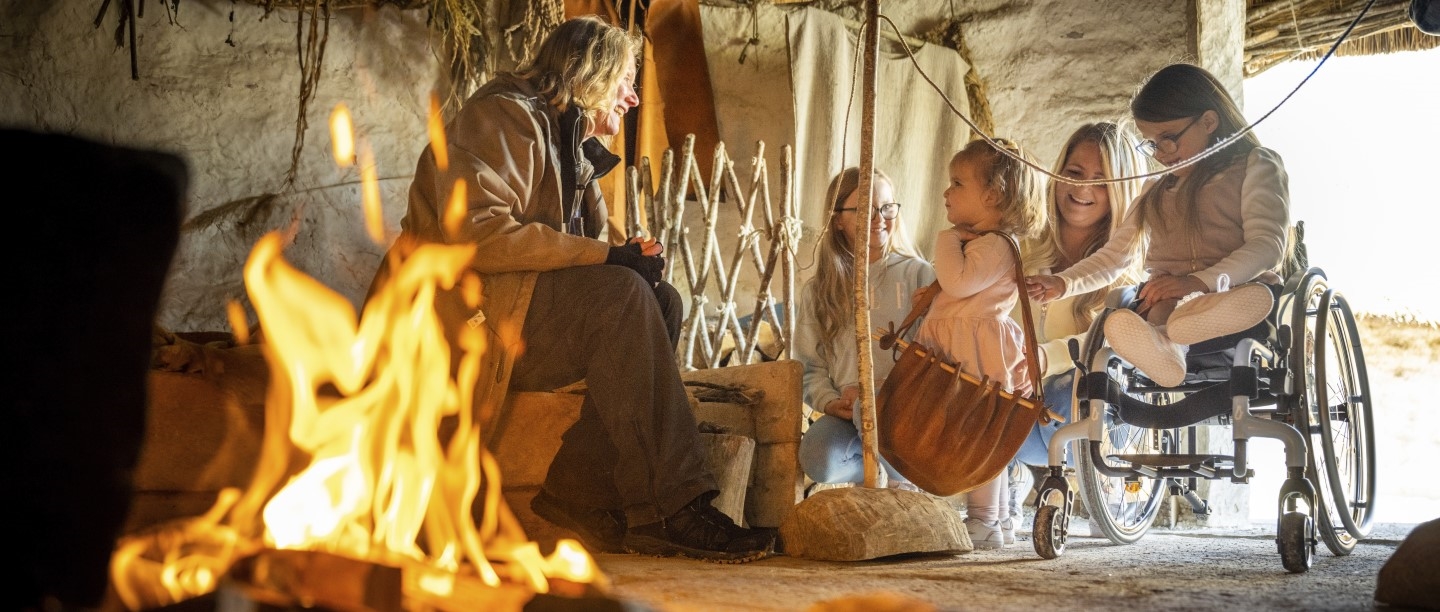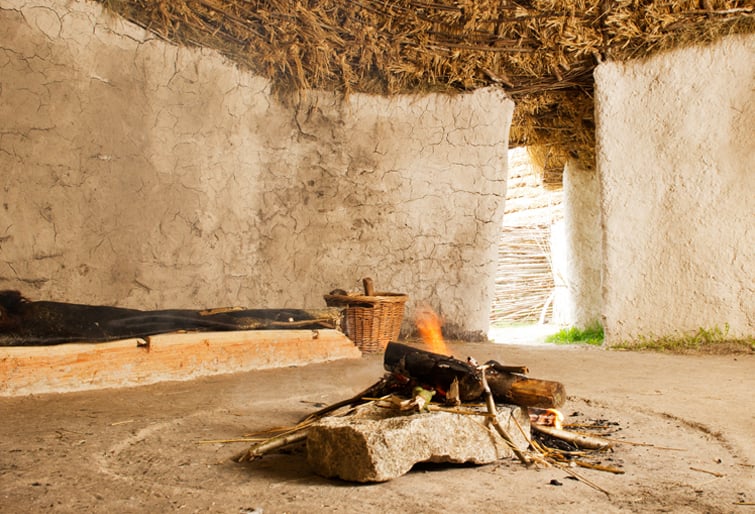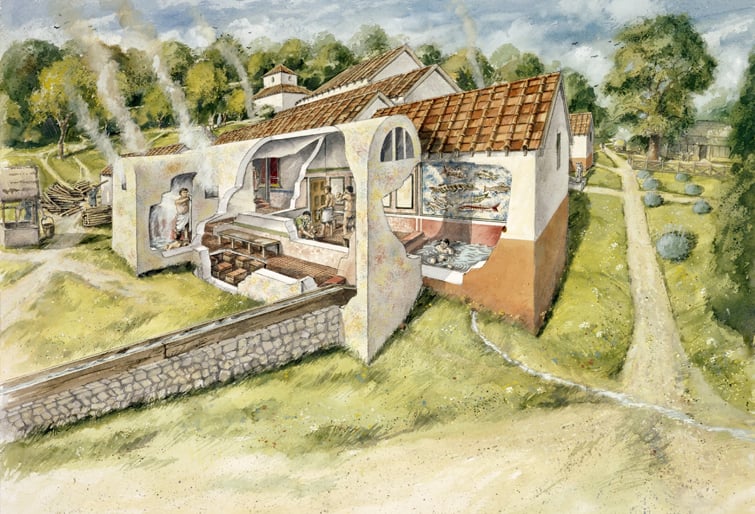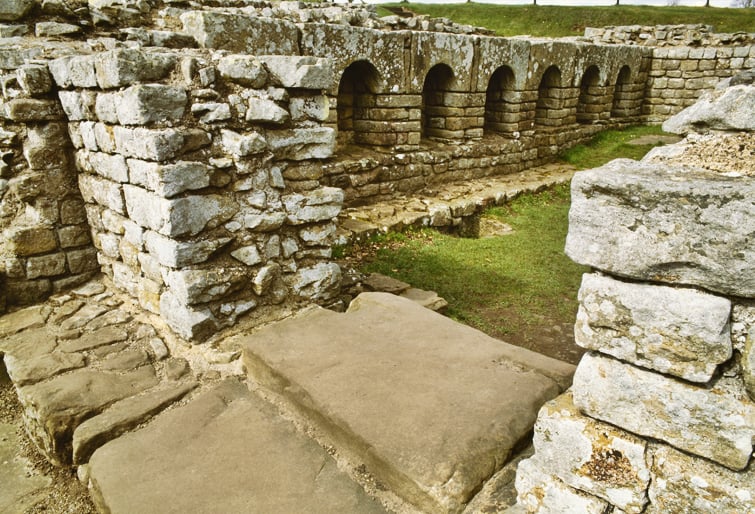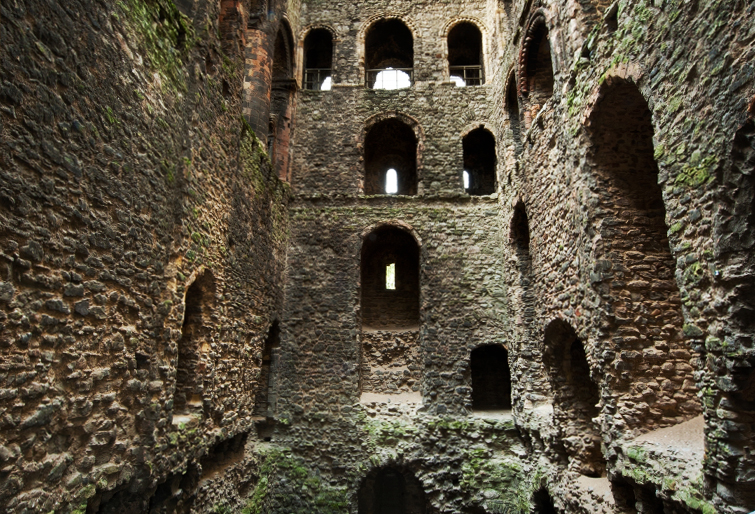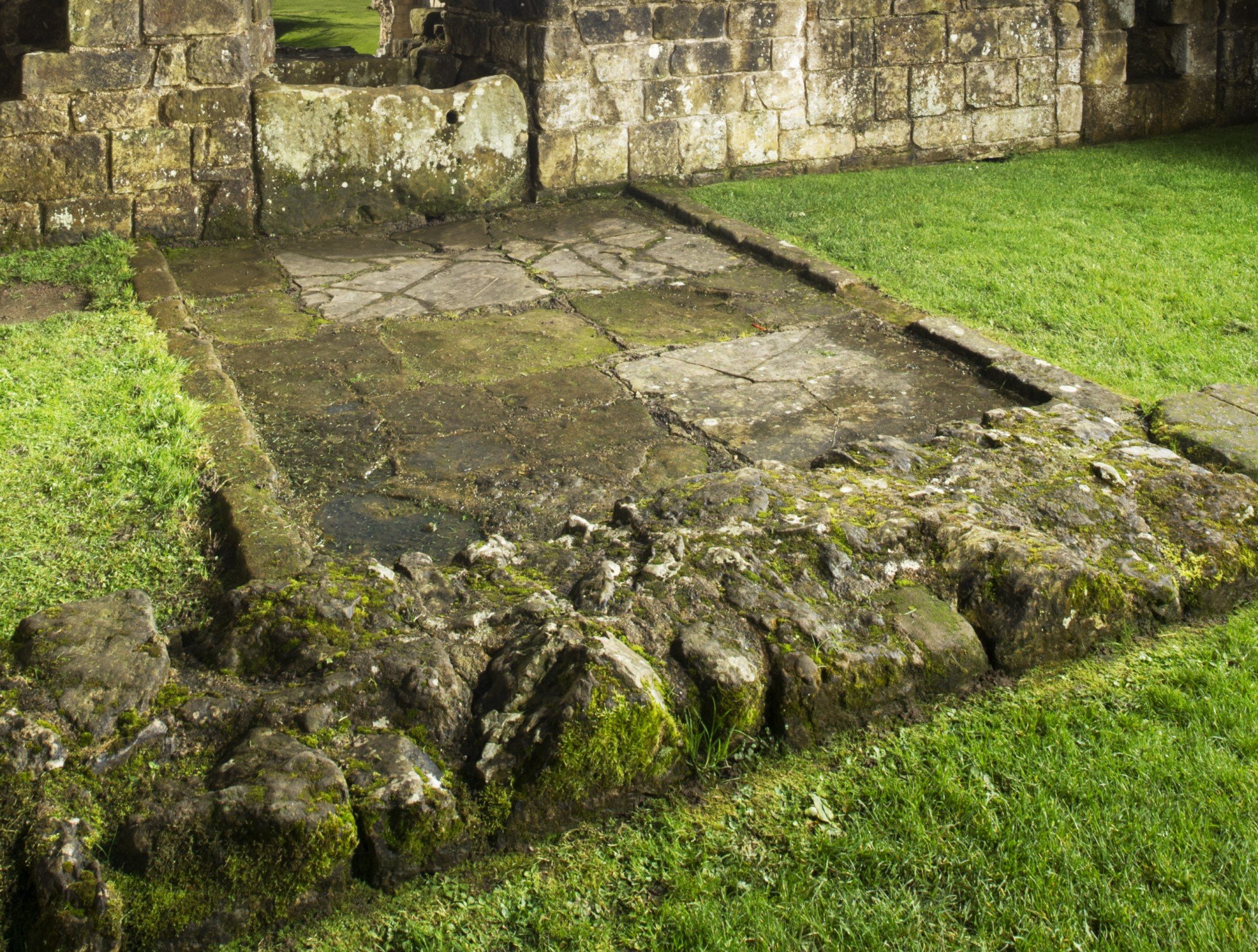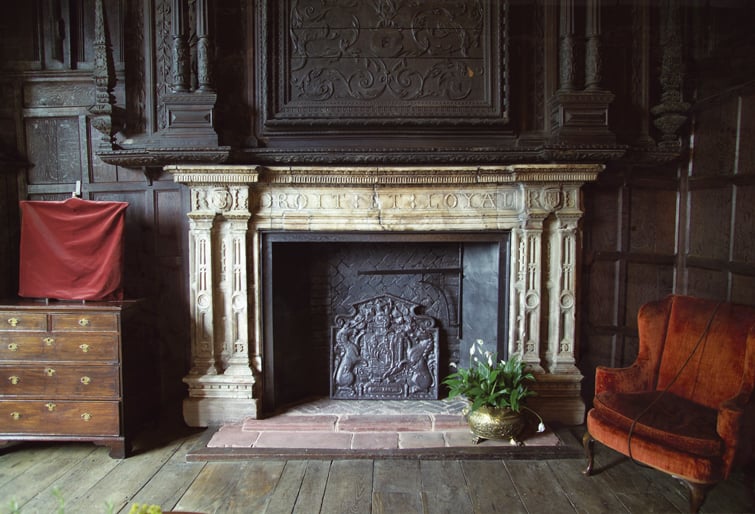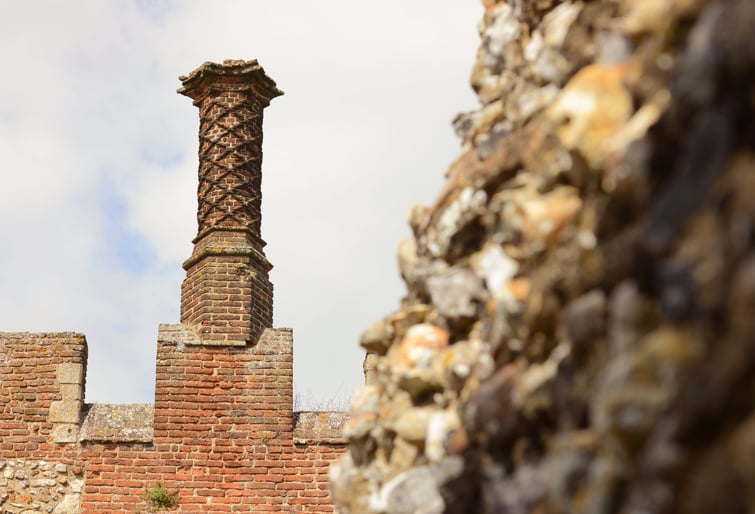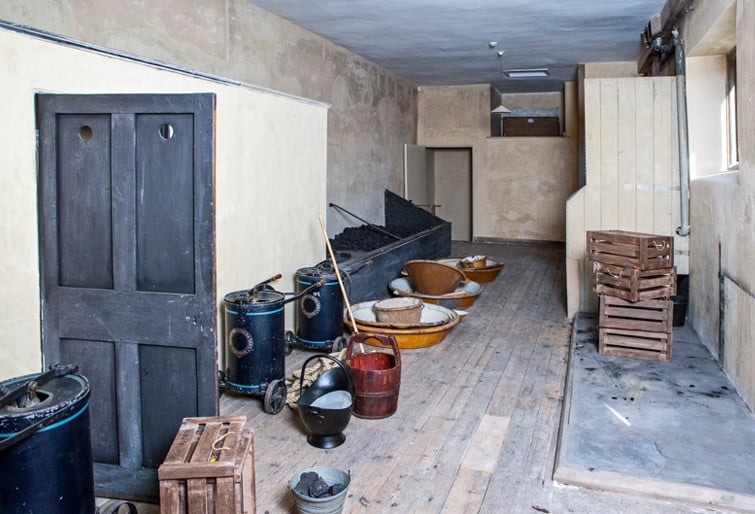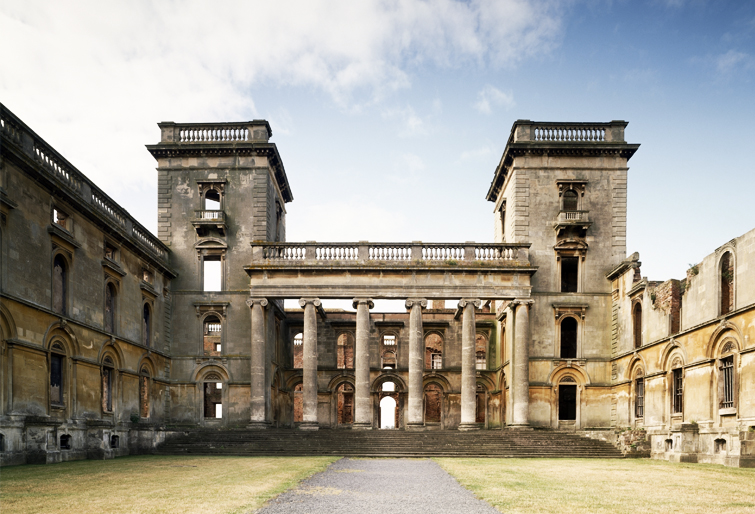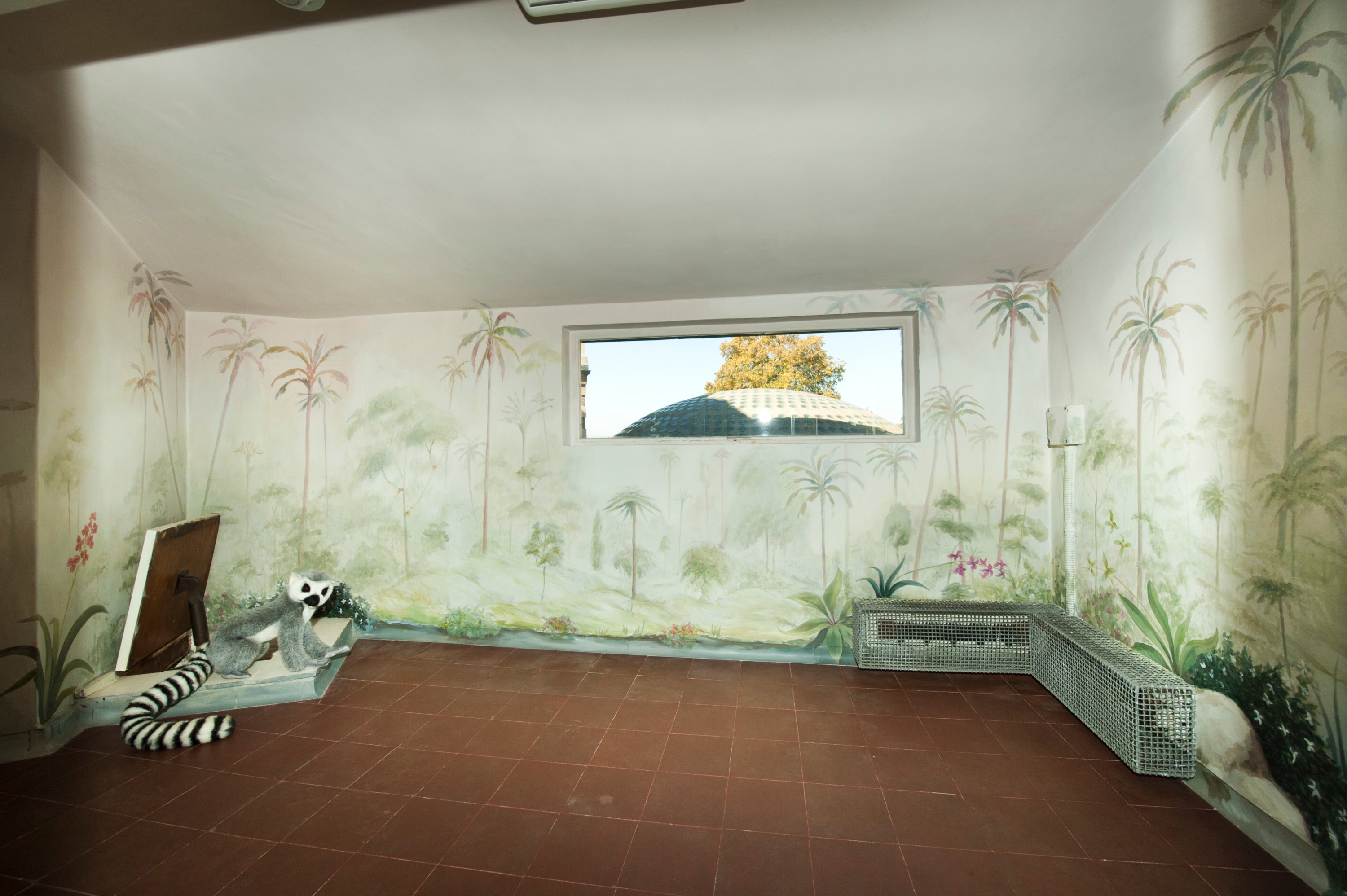1. STONEHENGE: ALL FIRED UP
For the builders of Stonehenge some four and a half thousand years ago, a well-stoked fire would have been an essential part of the home. Today the recreated Neolithic houses at Stonehenge are kept warm and dry by a fire at the heart of each house.
In an inspired design feature, white chalk walls and floors reflect sunlight and capture the heat from the fire. The type of wood burned makes the difference between a smoky, uninhabitable space and a lovely, cosy glamping-like experience. For an instant heat boost, the houses’ Neolithic inhabitants would also have made the most of animal fur and hides.
2. LULLINGSTONE ROMAN VILLA: UNDER-FLOOR HEATING
Faced with the chilly conditions of ancient Brittania, wealthy Romans did their best to keep warm and cosy. Perhaps their greatest innovation was the hypocaust – an early form of central heating.
A fire blazing in a furnace heated warm air which moved around the building through spaces under the floors and between walls. Hugely demanding of both labour and fuel, such modern luxuries were available only to the most prosperous of homeowners. Lullingstone Roman Villa in Kent boasted three heated rooms – with a specially installed furnace to warm the suite.
3. CHESTERS ROMAN FORT: A TRIP TO THE BATHS
For the less-well-off, public baths were at the heart of the social scene in Roman Britain. These benefitted more extensively from the installation of hypocausts to heat caldaria (or hot rooms) to ensure a sauna-like hit of heat. At Chesters Roman Fort on Hadrian’s Wall, Roman visitors would have gone from warm room to hot room and back to cold room as the water and air were intricately heated and cooled throughout the space.
The undressing room at Chesters is the most impressive, with a series of arched niches remaining along the wall. Adjacent is one of the best-preserved rooms – a sudatorium, or sweating room, where there would have been hot dry heat, rather like a modern Turkish bath.
4. ROCHESTER CASTLE: NOT SUCH A FAIRY-TALE CASTLE
Although beautiful to look at, life in a medieval castle wasn’t always a fairy tale. Thick stone walls, tiny unglazed windows and inefficient open fires made the classic castle something of a challenge to keep warm. The heavy woven tapestries which adorned chamber walls were not purely decorative, adding much-needed insulation to these chilly rooms.
Thankfully castle-dwellers had it better than most in the period. At Rochester Castle in Kent, which dates back to the 12th century, you can still see fireplaces which display the ornate decoration of the rest of the keep. By heating the stones as well as the chamber, these fireplaces made life in a medieval castle a considerably more comfortable affair.
5. RIEVAULX ABBEY: THE WARMING HOUSE
As in many medieval abbeys, the Warming House at Rievaulx was the only place monks could find warmth in the winter. At Rievaulx this contains a very large double fireplace which was kept lit from 1 November to Good Friday.
The monks would gather here and no doubt gossip illicitly, as recorded in other monasteries of the period. The piers to support the stone roof have been strengthened with an outer layer of stone, suggesting that the original timber roof (a possible fire risk) was replaced with a stone vault which needed stronger support.
6. KENILWORTH CASTLE: IMPRESSING THE QUEEN
In the 16th century heating the home wasn’t just about necessity – it was a question of fashion. As the newest technology of the day, chimney stacks and elaborate fireplaces were something of a status symbol in Tudor England.
It’s no surprise then that several enormous fireplaces were a must-have when Robert Dudley remodelled Kenilworth Castle in Warwickshire to impress Queen Elizabeth I. The ruins of the queen’s private chambers display huge recesses in the architecture where once-ornate fireplaces have long since been removed.
7. FRAMLINGHAM CASTLE: CHIMNEYS ARE IN THIS SEASON
Framlingham Castle in Suffolk has passed through many hands and seen numerous architectual modifications during its long history.
In the Tudor period, the appearance of warmth was even more important than the real thing. In the 16th century, many intricately carved chimneys were added to Framlingham Castle to replicate the fashionable royal palaces of the period, but only two of these actually connect to fireplaces.
8. AUDLEY END: RUNNING ON HOT COALS
Audley End House and Gardens in Essex was once one of the greatest houses in England, a spectacular early 17th-century mansion set in an outstanding landscaped park.
Coal was the fuel of choice for warming the cockles of the Victorian gentry. So important was it to the residents of Audley End that an entire ‘coal gallery’ was installed. After being delivered to the second-floor gallery by an innovative crane system, the coal was used to heat hot water for baths and to power Audley’s many fireplaces.
9. WITLEY COURT: FUELLING A VICTORIAN PARTY HOUSE
At Witley Court and Gardens in Worcestershire, the elaborate heating system guzzled up around 30 tonnes of coal a day. Thankfully the family could well afford the extravagance as they owed their fortune to the production of coal.
The house boasted an innovative hot-air heating system and a bespoke way of transporting all that coal – it was brought on barges from the Black Country then delivered to the estate on carts before being loaded onto Witley’s own underground trolley system. The coal would finally be delivered to the boiler room under the south portico, powering five hot-water boilers and dozens of fireplaces.
10. ELTHAM PALACE: HEATING FOR THE PET LEMUR
For the fashionable Courtaulds of Eltham Palace in Greenwich, only the most ‘mod’ of ‘cons’ would do! By the mid-1930s Britain had one of the most advanced systems of electricity supply in the world – and the Courtaulds took full advantage. Alongside a centralised vacuum cleaner, electric refrigerator and their own private telephone exchange, Eltham also boasted some of the earliest electric heaters.
Gas was used for central heating, which fed pipes embedded in the ceilings. The entrance hall, great hall and bathrooms also enjoyed the luxury of under-floor heating. Even the Courtaulds’ beloved pet lemur Mah-Jongg had the luxury of his very own centrally heated chambers!
FIND OUT MORE
-
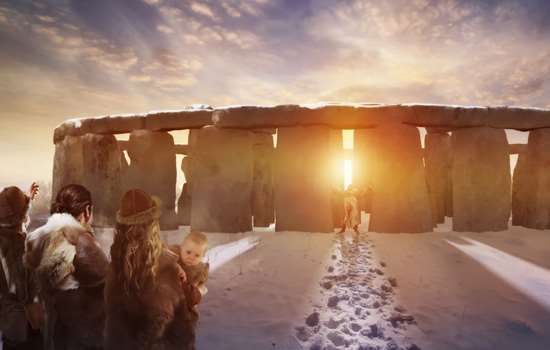
5 THINGS YOU MIGHT NOT KNOW ABOUT CLOTHES THAT KEPT US WARM AND DRY THROUGH HISTORY
How much do you know about the evolution of our clothing? Find out more about historical fashion and its many functions.
-
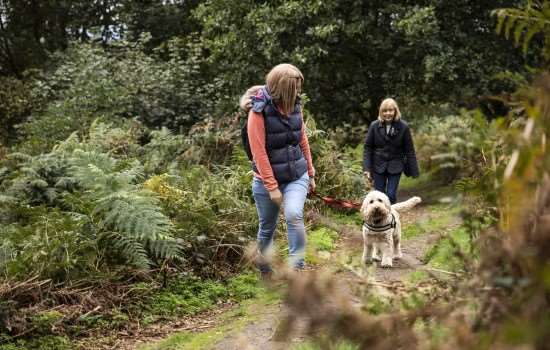
HOW TO MAKE THE MOST OF WINTER
There may be a chill in the air but winter is a great season to go exploring, so we’ve put together ideas to help you plan the ultimate winter day out.
-
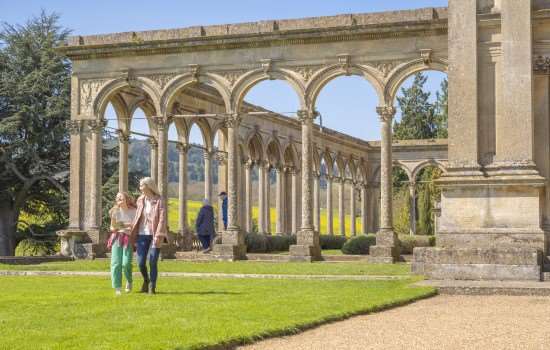
INSPIRE ME
Discover our historic gardens, travel guides, historic walks, Victorian recipes and fun activities for all the family.
